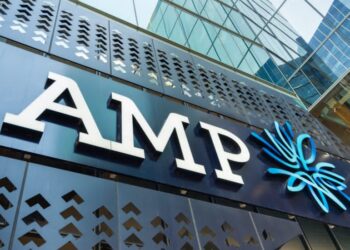Using centralised portfolio management (CPM) for superannuation funds looking to merge could allow the funds to find their “scale dividends”, according to Parametric Portfolio.
Parametric said merging funds needed to deliver investment solutions that better matched the needs and preferences of fund members at the right cost. Funds that failed to do this would be meagre, and members could face more limited, ill-fitting options that simply passed on returns and culture dilution, and at worst “mission drift” could substitute super funds as the neo-bank conglomerates of the future.
Parametric head of research, Australia and New Zealand, Raewyn Williams, said CPM used the best ideas of each super fund’s individual funds managers and managed them in a single live portfolio that removed tax and trading inefficiencies.
She said the benefits of this process included:
- Stripping out redundancy, uncompensated risk and other inefficiencies that would otherwise survive the merger;
- Being able to pivot to meet key strategic objectives; for example, to reflect lower fees, better ESG characteristics or a lower (or higher) risk appetite;
- Preserving portfolio value through the investment rationalisation process via intentional management of taxes and transaction costs;
- Implementing the investment-related deliverables of the fund merger in a timely fashion, consistent with the broader fund merger timetable; and
- Being able to target the investment-related ‘wins’ from the merger as a contribution to the merger’s broader success.
“In our view using CPM will allow them to move to the implementation phase of the investment rationalisation project with a detailed understanding of the expected portfolio holdings, risks, fees, tax positions, environmental, social, and governance, and other sensitive attributes of the newly designed, rationalised portfolio,” Williams said.
She noted the bigger the potential investment changes, the more the value of a CPM structure and best-of-breed implementation came to the fore.




